Physical literacy for kids
Tommy Wingrove, Founder of Get Set Go Kids, highlights the importance of physical literacy in kids, the mental health benefits of being active and how parents can support the development of their children’s physical literacy.
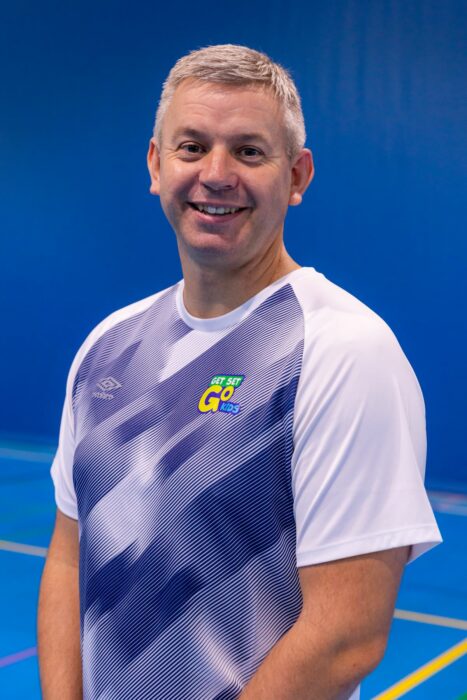
We all appreciate and understand the importance of leading a healthy lifestyle, and the obvious physical benefits of being active. Sport and physical activity can be powerful tools to provide our kids with valuable life lessons. Kids who are physically active are healthier, happier, and more successful. A bold statement you may argue, but one that is backed by significant research to prove it fact.
Playing sports helps develop important social skills. It is fun playing with friends; we improve our communication skills, we learn how to cooperate with others, and begin to appreciate competition and the concept of effort, regardless of whether we win or lose.
The mental health benefits of being active have also never been more clear following restrictions imposed by global lockdowns.
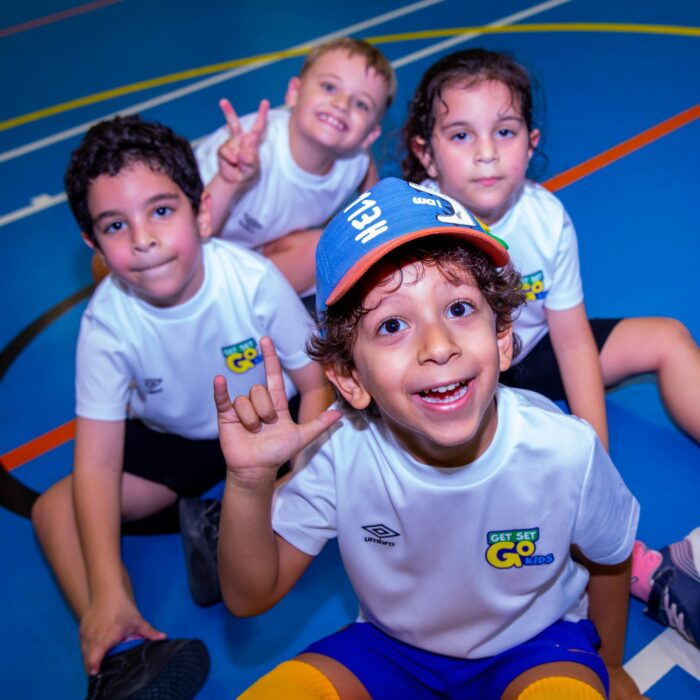
However, it seems that inactivity amongst children is rising. Levels of physical activity are dropping dramatically and as a result, we are faced with worrying levels of childhood obesity.
So, what is the reason for this steady decline in physical activity? Has digital play on their much-maligned devices taken over from the physical act of play? Have kids simply forgotten how to play or are they just getting lazy? It would be naïve to offer a definitive response, however when we look a little closer, there may be a common denominator that offers a solution to this serious concern regarding inactivity.
There is a proven and simple recipe to help get kids get up, out and moving more; mix some fundamental movement skills with a pinch of motivation; stir in some confidence; and cover with plenty of fun.
These are the basic ingredients of physical literacy. A term that may sound intimidating but is a relatively simple concept. Physical literacy is merely the basic movement skills such as running, jumping, throwing and catching that help kids develop their confidence and motivates them to enjoy participating in different physical activities, sports, and games.
“Physical literacy is the motivation, confidence, physical competence, knowledge and understanding to value and take responsibility for engagement in physical activities for life.” (International Physical Literacy Association, 2014 )
A failure to develop these basic movement skills, can subsequently reduce a child’s interest and ability to participate in physical activity. These kids then risk growing up to become inactive, uncoordinated adults.
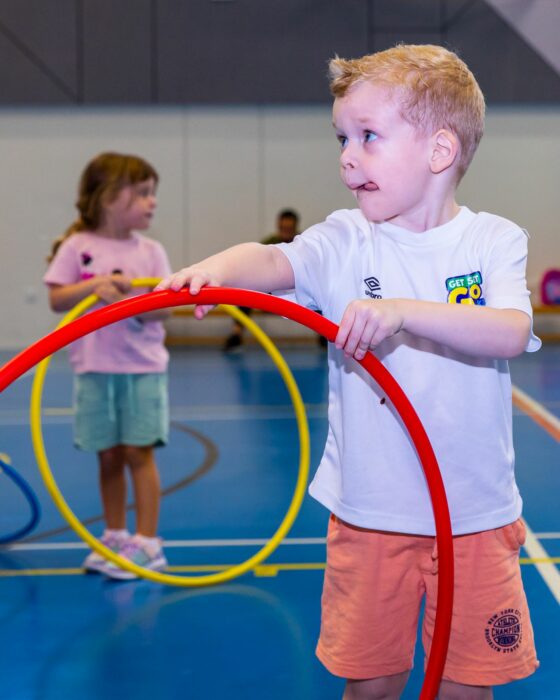
Let’s look at these ingredients to gain a better understanding as to how we might better support the development of our children’s physical literacy.
Fundamental movement skills include throwing, catching, hitting, running, and jumping. Many parents will have fond memories of childhoods spent playing outdoors. Play that involved using all these skills in abundance. Skills that then become the building blocks of all physical activity. Games and play are critically important in the process of developing physical literacy, because it gives kids a chance to enjoy and practice all these skills.
Physical literacy also makes play better. Children who are physically literate will be more confident and will have more fun playing. They can move well and try new activities without fear. As a result, they want to play more.
Unfortunately, the amount of time spent enjoying the physical act of play is often restricted in our kids’ lives today. For all the amazing facilities this country affords us, access often relies on adults to transport, supervise and often cover costs. Less time spent playing is less opportunity to develop physical literacy and the confidence this brings. This then creates a vicious cycle.
Confidence is an important ingredient in our recipe for an active lifestyle. When we achieve success, we feel good. This raises self-esteem and we feel able to take on bigger challenges.
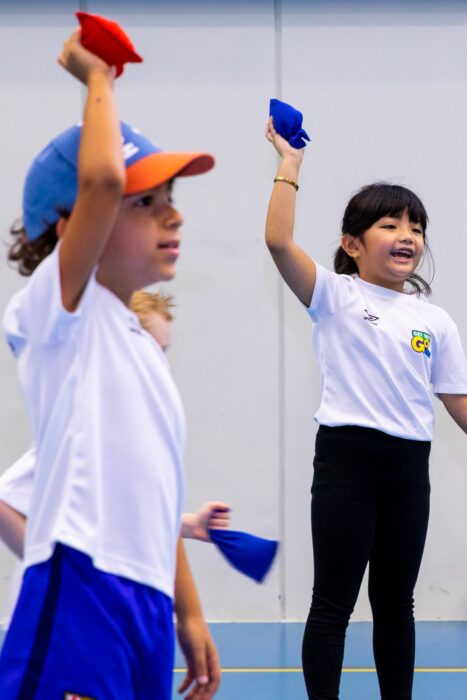
Take the simple example of learning to throw. A child that learns how to throw will play catch with friends who can also throw. They all get to spend more time practicing throwing and continue to get better at the skill. They may even get selected to join a team and confidence rises.
But what happens to the kids that never learn to throw? They don’t get asked to play. They don’t get to practice so don’t get any better and self-esteem is lowered. Their attitude towards the activity becomes negative and is quickly replaced by games and activities they are good at which are often sedentary and accessed via digital devices.
Although grossly oversimplified, these scenarios highlight the fine line between gaining physical literacy skills and developing a love of movement, or not, and potentially developing unhealthy, sedentary habits.
Missing out on fundamental movement skills makes it unlikely the child will choose a sport or activity that requires proficiency in that skill. A major reason cited by children for dropping out of physical activity and sport is not having the skills to play.
So, what exactly can parents do to help? Here are a few ideas:
- Encourage your child to engage in unstructured active play with their friends
- Play games that involve different skills with your child.
- Introduce your child to a range of different activities and sports.
- Don’t put emphasis on scores or performance – focus instead on learning and fun
Parents can also be ideal role models. Simply by participating themselves can encourage their children to enjoy physical activity and sport.
Registering in a sports academy is another great way to get kids active and support their development. However, choosing which sport, at what age they should start, and where they play often poses a problem as a parent. The youth sports academies market can be a minefield, with hundreds of companies competing for business. With the quality of provision so wide ranging, trying to select the best one for your child can be an expensive gamble.
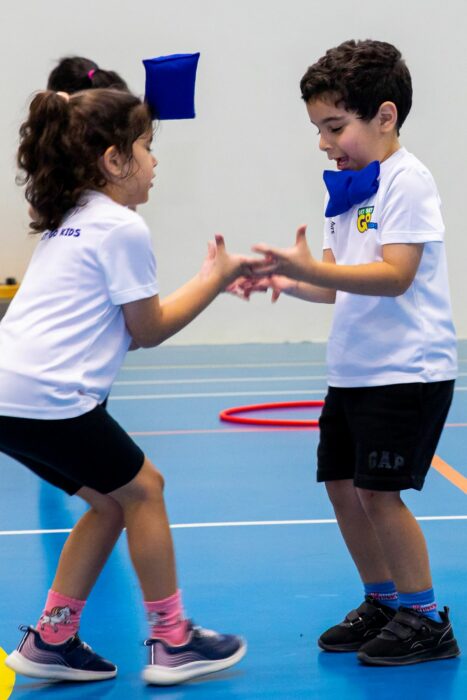
When choosing activities and academies, here are a few pointers that may help:
- Don’t worry about specializing in any one sport – you may only end up preventing them reach their potential and limit their enjoyment – multi-sports will better support the development of their physical literacy!
- Sport should be fun – if the kids aren’t smiling, it’s probably not the correct environment for them – look elsewhere or choose a different activity…
- Safety first – is the space, equipment, and group size appropriate for the kids ages?
- Due diligence – all sports providers should have the correct license and qualifications to operate. Don’t be afraid to ask!
The physical, mental, and social benefits of being active are well established. Physical literacy is the foundation of movement for life. Developing your child’s physical literacy can give them the confidence and capability to be active, and stay active for life.
It is important we create ample opportunity to support this development and challenge the unhealthy habits that lead to sedentary behaviour. Instead, establishing active habits that lead to healthier, happier, more productive lifestyles for all.


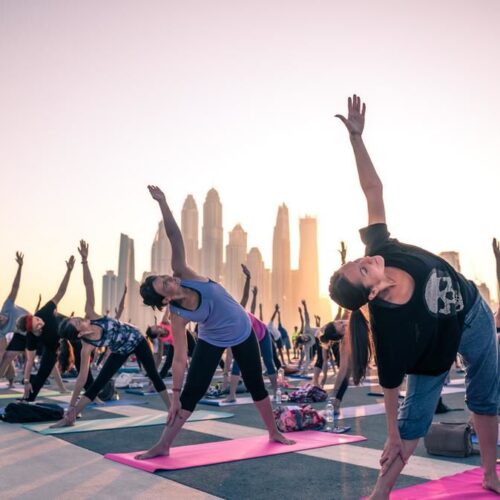
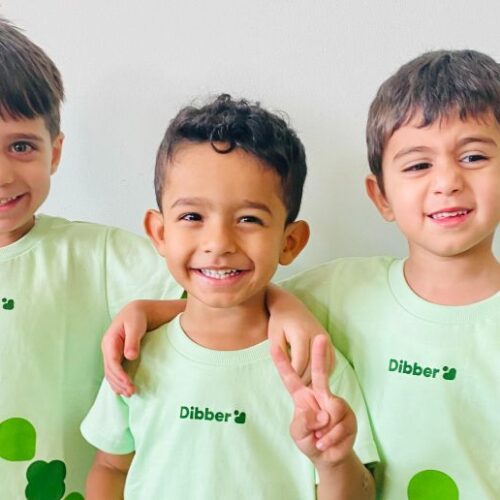
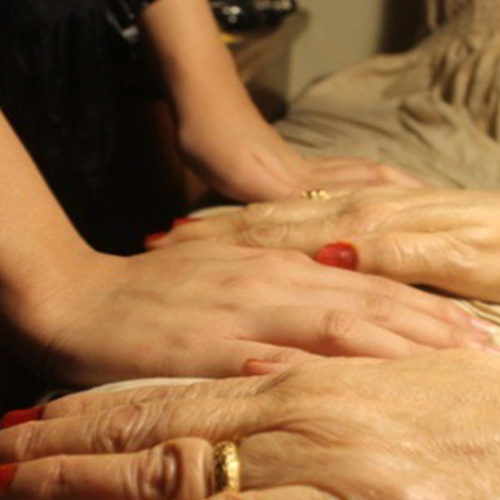







Comments